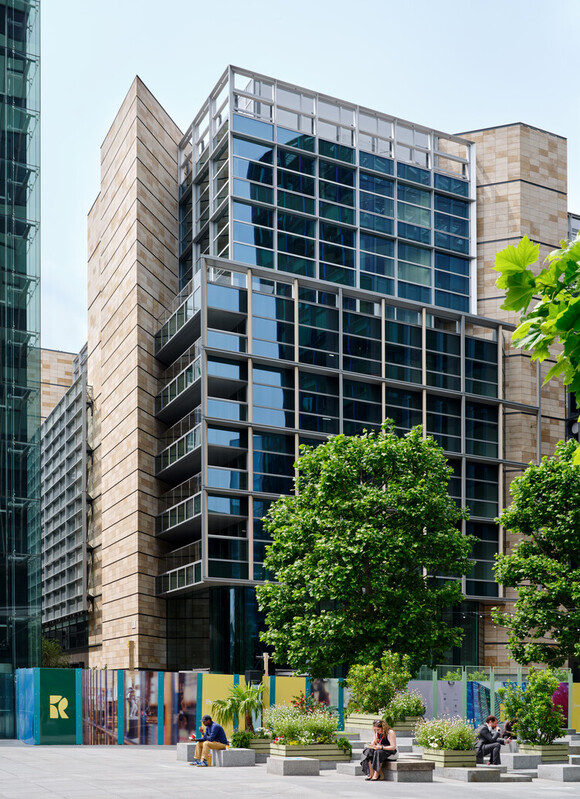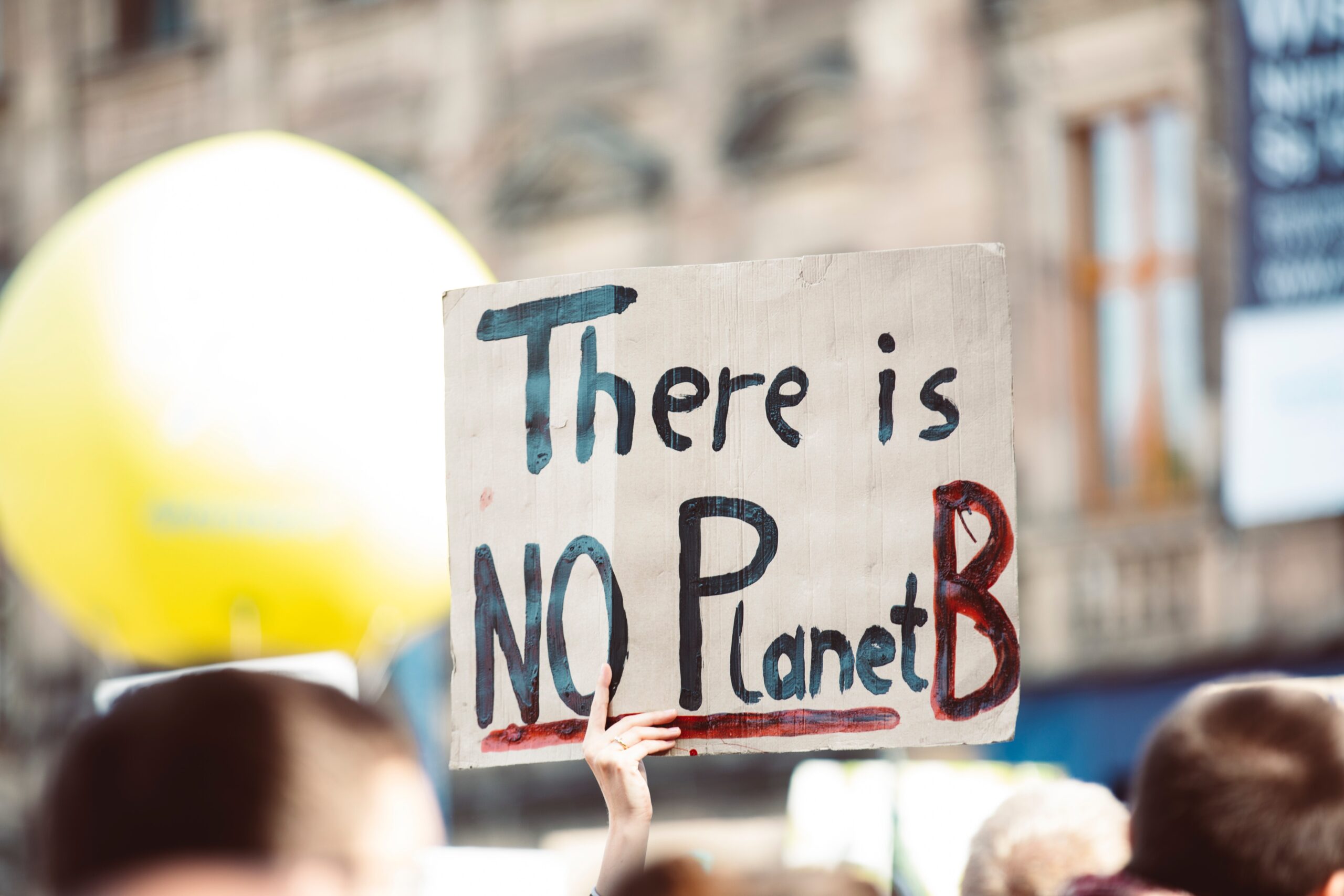By Oliver Woodruff, Senior Engineer, Ove Arup & Partners Vietnam –
COP26 begins this week in Glasgow. The event will bring together most of the World’s leaders, including some of the highest per capita emitters. This COP, or United Nations Conference of the Parties to give it the full name, is seen by many, as society’s last chance to begin reversing the causes of global climate warming and start to de-escalate the climate emergency.
ARUP will be there. As the lead sustainability consultant, we are working alongside the UK Government’s team for this vital summit. However, while our role could be completed quietly in the background, ARUP has been proactively hosting a series of regional webinars during October to raise awareness among business and private sector industry.
For it is business backed by policy, who are key to unlocking the behavioural and systemic change needed.
Smart and Resilient Design
The message from climate scientists is clear: we must act now to transform the systems that underpin our daily lives and economies. We need to alter how we power the World, move through it, produce materials, and build it. What is more, we must adopt ways of doing so without emitting greenhouse gases. We must also build resilience to lessen the impacts of unavoidable climate change reflected in flooding, drought, wildfires and heatwaves.
Transport, construction and the built environment constitute the bulk of energy-based emissions and are the greatest threat to ecology and biodiversity, but with joined up, smart and resilient design we have a chance to halt and reverse this trend.
The Built Environment

1 Triton Square, London, UK – saved 40,000 Tonnes of carbon, more than it will produce in 20 years. © Simon Kennedy – https://www.arup.com/projects/1-triton-square
The built environment is a critical sector to tackle in the Race to Zero, as it represents close to 40% of global energy-related greenhouse gas emissions. More than half of these emissions may be from the embodied carbon associated with construction, and around 70% of this derives from just six materials. However, the halving of global buildings related emissions within the next decade is a real possibility.
A report on Net Zero Buildings written by ARUP & the World Building Council for Sustainable Development (WBCSD), follows global case studies to check that progress. It finds that, while it remains difficult to collect all of the necessary embodied carbon data across the full life of a building, it is critical that we start gathering and using the information we do have, to inform, at the earliest phase of the decision-making process.
For this is the time where the opportunity to reduce whole life-cycle emissions is greatest. ARUP is working hard in conjunction with our strategic partners, global governments, key clients and contractors to drive real action in this space.
Vietnam’s Opportunity
In the meantime, Vietnam has a large part to play in these climate talks. While not a member of the G7, Vietnam’s geography offers enormous opportunity; abundant sunshine, constant winds and extensive shorelines hold huge potential for clean energy generation, storage and distribution.
The protection, regrowth and management of tropical forests, mangroves and their critical biodiversity can be used to sequester massive amounts of carbon dioxide, foster resilience and enable tourism and sustainable agriculture to flourish.
At the same time, a cleaner approach to Vietnams’ huge industrial sector is also needed, with a switch to circular systems of procurement, manufacturing and waste.
Combined, these will help kickstart the transition to a green economy, with a potential negative carbon footprint.
Race to Zero
To demonstrate leadership, ARUP as a firm has made a commitment to be a net zero organisation by 2030, setting targets that are grounded in climate science. In addition, we are looking to contribute meaningfully to the UN Sustainable Development Goals and the Race to Zero, creating shared value for our clients and our communities while safeguarding our planet. As a business with extensive strategic and technical expertise in climate change services, we are working with our clients to accelerate action.
As clearly stated by our founder Sir Ove Arup; it’s our purpose to create a more sustainable future.

Photo credit: Markus Spiske
For more articles from Sustainable Vietnam on COP26 :
-
- What you need to know about the upcoming COP26 climate conference by Dr. Kasia Weina, Director & Founding Partner, Evergreen Labs
- The Thorny Issue of Climate Finance by Richard McNally, Global Leader on Sustainable Forest & Landscape Management; Sustainable Finance; & Climate Change
- 101 on Climate Change, COP26 & Business Resilience by Christina Ameln, Sustainability Strategist & Advisor
- Building Resilience to Climate Change by Oliver Woodruff, Senior Engineer, Ove Arup & Partners Vietnam
- Experts Talk on Vietnam’s Commitment at COP26 with BBC Vietnam – comments by Christina Ameln, Sustainability Strategist and Advisor
All views and opinions expressed on this site are those of the individual authors and comments on this site are the sole responsibility of the individual contributor.

